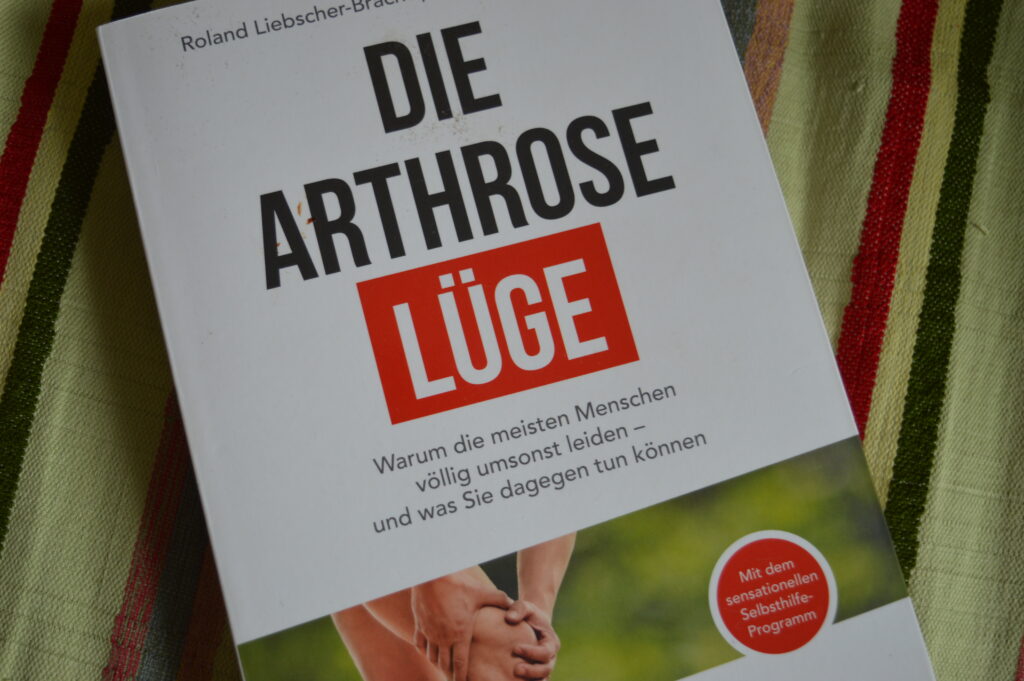STRETCHING

‘After training is before training.’
There are different opinions on the subject of stretching. Depending on how you feel about it, you can try out exercises here or not. I present options for the whole body, as well as people who use stretching, fascia rolls and other techniques to relax the body.
Take a look and give it a try. If you don’t like it, you can leave it out.
.
Liebscher & Bracht
Liebscher & Bracht have spent years researching the topic of fasciae and have created their own exercise programme to counteract osteoarthritis and misalignments. Their books, ‘The Osteoarthritis Lie’ and ‘Germany Has Backs’ explain their knowledge and the functions of the exercises.
The exercises are relatively simple, can sometimes be integrated into the daily routine and require little or no equipment to perform. You already have several doctors throughout Germany who use your exercise programme.
In the links below the photo you will find exercises for stretching and fascia rolling the whole body. I do some of the exercises for my knees, hips and back and can highly recommend them. Enclosed you will find the website, as well as the YouTube and Instagram channel:

The osteoarthritis lie
Webseite: https://www.liebscher-bracht.com/
Youtube: https://www.youtube.com/c/LiebscherBrachtDieSchmerzspezialisten/videos
Instagram: https://www.instagram.com/liebscher.bracht/
.
Feldenkrais with Taro Iwamoto
Taro Iwamoto has interesting exercises for relaxation. My first experience with an exercise for the shoulders blew me away.
Since then I have been trying to learn and understand more about Feldenkrais.
One of the aims is to restructure the brain, for example by making the brain realise that it is using a muscle too much and that this is not necessary, so that the brain learns to store this information and implement it permanently. I have included the video here.
You can find more videos by Taro on his YouTube and Instagram channel below the video.
Youtube: https://www.youtube.com/c/TaroIwamoto
Instagram: https://www.instagram.com/taroiwamotofeldenkrais/
.
INTERVIES WITH PARKOURPHYSIO
Hello Parkour Physio,
I am delighted to have the opportunity to send you a few questions to learn more about your work as parkourphysio and to share the information in my library with others. Let’s get started.
Hello, how are you and what is your name?
When did you start parkour and what was your reason for doing so?
How often do you train and how do you approach training?
What exactly does your job as a physiotherapist involve?
When and how did you come up with the idea of dealing with and analysing injuries in parkour?
If you had to summarise the results of your analyses in one sentence, what would it be?
What should parkour practitioners pay attention to when they go training?
What are the most common injuries and how do they happen?
What was the worst injury you have treated and how long did it take to recover?
Is the risk of injury greater in parkour than in other sports?
Are there ways to prevent injuries and, if so, what are they? (Nutrition, stretching, massages or similar)
Do you think that professional parkour athletes set a good example when it comes to injuries? (Risk prevention, dealing with recovery, etc.)
What tips would you give a beginner so that they can train for as long and as healthily as possible?
Thank you very much for your time and your answers. It was very interesting to read your answers and better understand your perspective. I wish you all the best and hope to see you again soon.
If you want to find out more about Parkourphysio, follow him on
Instagram: https://www.instagram.com/parkourphysio/
or YouTube: https://www.youtube.com/channel/UCnwh9oPtJ1Kztes7wECvspw
or visit his website: https://parkourphysio.com/equipo-de-investigacion/
(everything is in Spanish, though).